The Tree of Life in Bahrain stands as a majestic testament to nature’s resilience and the enduring mysteries of our world. Located in the heart of the Arabian Desert, this solitary mesquite tree has thrived for over 400 years in one of the harshest environments on Earth. Its survival without a visible water source has sparked scientific curiosity and local legend alike, drawing visitors from across the globe to witness its enduring presence.
The Tree of Life, or Shajarat-al-Hayat as it is known locally, rises nearly 10 meters tall, its gnarled branches stretching defiantly against the barren landscape. Surrounding it is nothing but endless sand and scorching heat, making its vibrant greenery all the more astonishing. Scientists have long debated how the tree sustains itself, with theories ranging from deep-rooted water systems to unique adaptations that allow it to extract moisture from the air. Yet, despite numerous studies, no definitive explanation has been found, adding to its enigmatic allure.
For the people of Bahrain, the tree holds deep cultural and spiritual significance. It is often regarded as a symbol of life and perseverance, a living reminder of the delicate balance between nature and the elements. Local folklore tells of the tree being a remnant of the Garden of Eden, a divine gift standing alone in the wilderness. Others believe it to be a sacred site, where wishes whispered into its ancient bark are carried to the heavens. These stories, passed down through generations, have woven the Tree of Life into the fabric of Bahraini identity.
Tourism has flourished around this natural wonder, with thousands making the journey each year to stand in its shadow. The Bahraini government has taken steps to preserve the site, constructing a protective fence and implementing measures to prevent soil erosion. However, the tree’s popularity has also brought challenges, as foot traffic and human interference threaten its fragile ecosystem. Conservationists emphasize the need for sustainable tourism to ensure that future generations can continue to marvel at this extraordinary survivor.
Beyond its ecological and cultural importance, the Tree of Life serves as a powerful metaphor. In a world grappling with environmental degradation and climate change, its ability to thrive against all odds offers a message of hope. It reminds us of nature’s incredible adaptability and the urgent need to protect our planet’s fragile ecosystems. The tree’s silent endurance speaks volumes, urging humanity to reflect on its relationship with the natural world.
As the sun sets over the Bahraini desert, casting long shadows across the sands, the Tree of Life stands unwavering. Its leaves rustle softly in the wind, a whisper of resilience that echoes through time. Whether viewed through the lens of science, mythology, or spirituality, this ancient sentinel continues to inspire awe and wonder. It is not merely a tree but a living legend, a beacon of life in the unlikeliest of places.

By Grace Cox/Apr 28, 2025
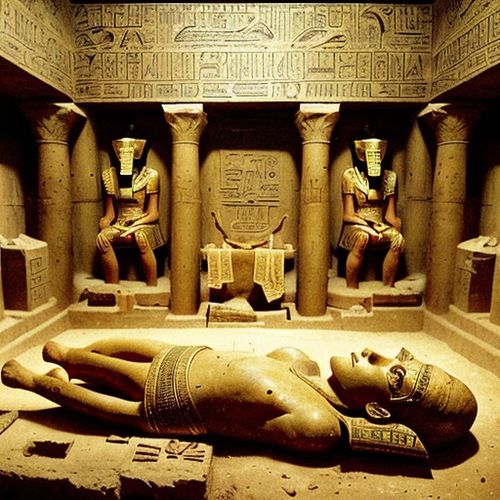
By Emma Thompson/Apr 28, 2025

By Christopher Harris/Apr 28, 2025
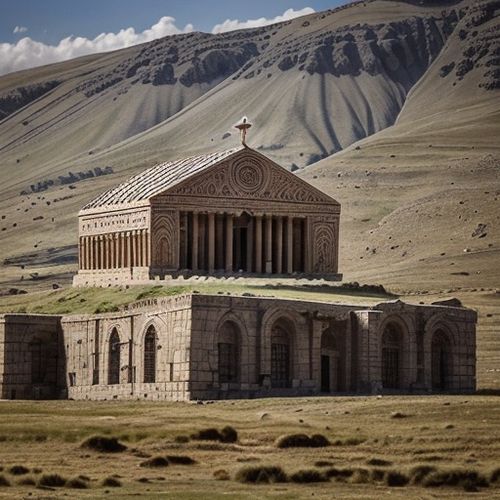
By Lily Simpson/Apr 28, 2025

By Olivia Reed/Apr 28, 2025

By Christopher Harris/Apr 28, 2025

By Amanda Phillips/Apr 28, 2025

By Daniel Scott/Apr 28, 2025

By Jessica Lee/Apr 28, 2025

By James Moore/Apr 28, 2025
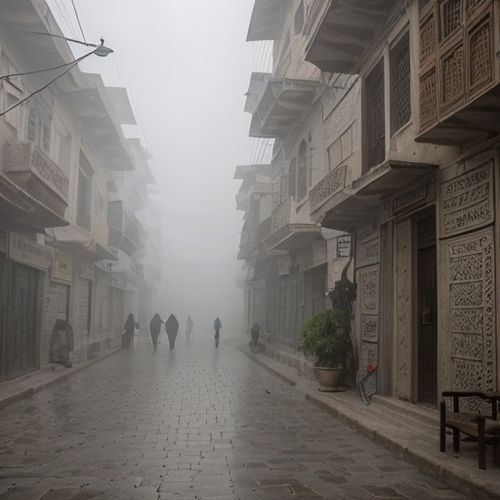
By Grace Cox/Apr 28, 2025

By Emily Johnson/Apr 28, 2025
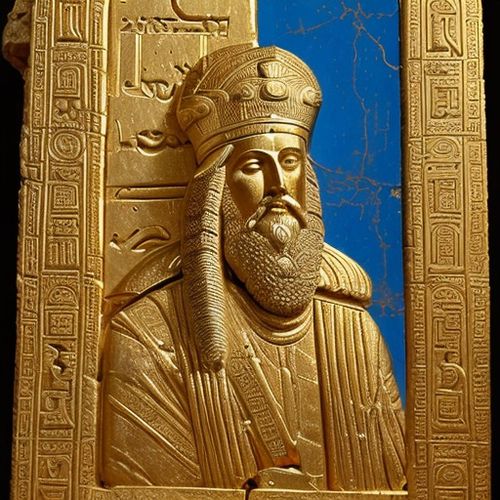
By Thomas Roberts/Apr 28, 2025
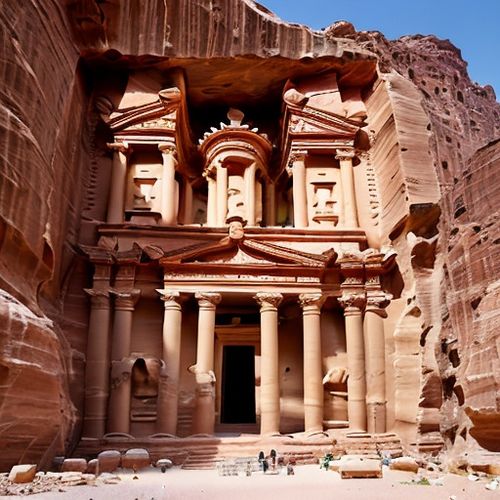
By Amanda Phillips/Apr 28, 2025

By Daniel Scott/Apr 28, 2025
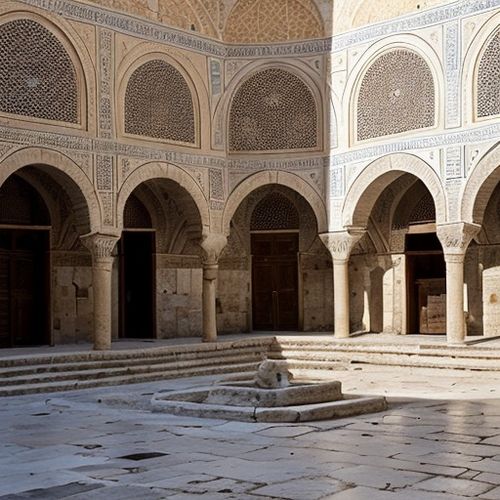
By William Miller/Apr 28, 2025
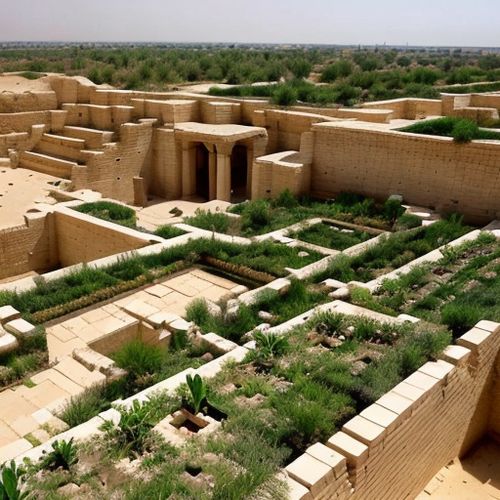
By Joshua Howard/Apr 28, 2025

By Amanda Phillips/Apr 28, 2025

By Natalie Campbell/Apr 28, 2025
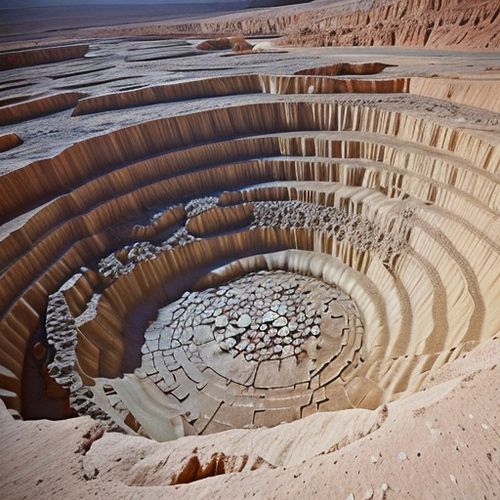
By Natalie Campbell/Apr 28, 2025